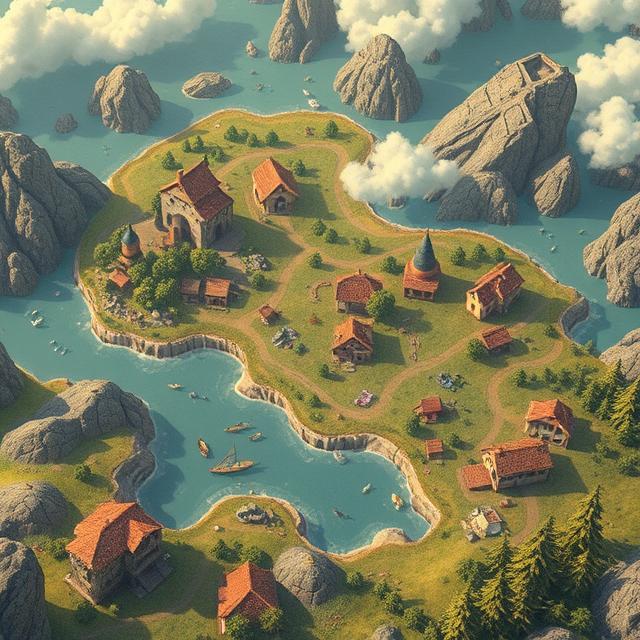Not all great adventures come with a map. Some of the most immersive games actively discourage hand-holding, instead guiding players through environmental design, visual cues, and narrative hints.
Take Outer Wilds. There’s no quest log or objective markers. Instead, you piece together clues from dialogue, alien ruins, and planetary events. The game respects your intelligence, rewarding curiosity over checklisting.
Shadow of the Colossus uses landscape design and camera angles to subtly lead players toward their next destination. No blinking icons—just a world that communicates through composition and scale.
Even games with maps—like Elden Ring—often make players discover them. The map starts blank. Landmarks, enemy camps, and geography slowly sketch it out. Exploration feels earned, not given.
Key design tools include:
• Landmarks (towers, mountains, lights)
• Sound direction (distant growls, ambient cues)
• Movement constraints (natural paths, broken bridges)
• Breadcrumb storytelling (dead NPCs, written notes)
This style of design builds intrigue and engagement. Players feel like detectives, not deliverymen. They’re not completing quests—they’re chasing discoveries.
Exploration without maps fosters player agency, making each step more personal. It’s not about where the game tells you to go—it’s about where you want to go next.

Leave a Reply